American Elms in Australia
Jimmy_C
9 years ago
Featured Answer
Sort by:Oldest
Comments (27)
corkball
9 years agoJimmy_C
9 years agoRelated Professionals
Cary Landscape Architects & Landscape Designers · Winder Landscape Architects & Landscape Designers · Waterbury Landscape Contractors · Conroe Landscape Contractors · Federal Way Landscape Contractors · North Canton Landscape Contractors · Petaluma Landscape Contractors · Southbury Landscape Contractors · Vineyard Landscape Contractors · Wareham Siding & Exteriors · Waukegan Siding & Exteriors · Woodbridge Siding & Exteriors · Elkridge Decks, Patios & Outdoor Enclosures · Grandview Decks, Patios & Outdoor Enclosures · Parlier Decks, Patios & Outdoor Enclosurescorkball
9 years agojujujojo_gw
9 years agoSmivies (Ontario - 5b)
9 years agoJimmy_C
9 years agojujujojo_gw
9 years agoHuggorm
9 years agoJimmy_C
9 years agojujujojo_gw
9 years agoEmbothrium
9 years agodavidrt28 (zone 7)
9 years agojujujojo_gw
9 years agoJimmy_C
9 years agodavidrt28 (zone 7)
9 years agodavidrt28 (zone 7)
9 years agoEmbothrium
9 years agobengz6westmd
9 years agoEmbothrium
9 years agoJimmy_C
9 years agojujujojo_gw
9 years agoHU-104914250
4 years agodavidrt28 (zone 7)
4 years agolast modified: 4 years agoJimmy_C
4 years agodavidrt28 (zone 7)
4 years agoHU-104914250
4 years ago
Related Stories
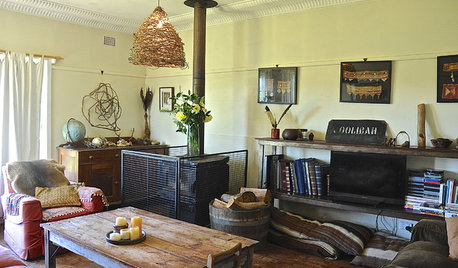
HOUZZ TOURSMy Houzz: Cozy Country Meets Bohemian Artistic in Australia
Healthy helpings of salvage and rustic art give a pastureland home free-spirited style
Full Story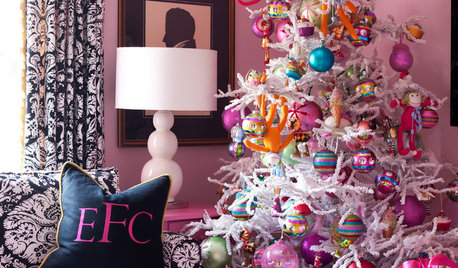
HOLIDAYSInternational Traditions: Christmas at Home in Australia
Diving into pools and brandy-laced pudding with equal gusto, Australians keep on the sunny side at Christmastime
Full Story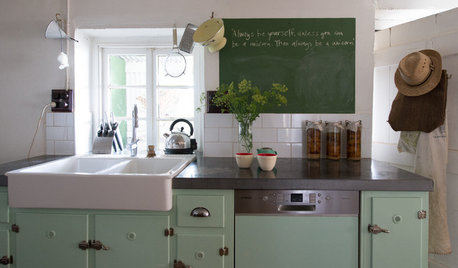
HOUZZ TOURSMy Houzz: Ease and Coziness in Rural Australia
Nothing is ‘too fancy or perfect’ in this 150-year-old bluestone farmhouse, but everything sure is warm and inviting
Full Story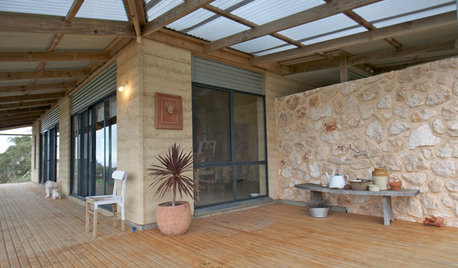
HOUZZ TOURSMy Houzz: A South Australia Home Comes Down to Earth
Rammed-earth walls embrace nature, stand up to harsh coastal conditions and create an indoor-outdoor connection for this artist's home
Full Story
GARDENING GUIDESBackyard Birds: How to Care for American Goldfinches
The American goldfinch is a bright-in-the-summer visitor and one of the only vegetarian songbirds. Here's how to give them a healthy habitat
Full Story
MOST POPULARHow to Hang the American Flag at Home
We’ll show you how to display the American flag on your house for Memorial Day, the Fourth of July or all year round
Full Story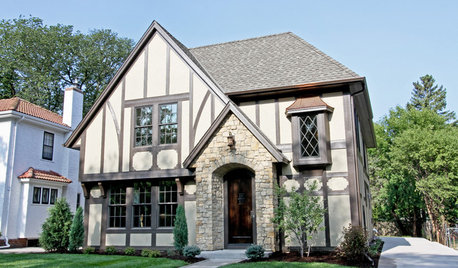
ROOTS OF STYLERoots of Style: The Indelible Charm of American Tudors
Rich details and an intimate scale give this English-inspired architectural style memorable character and flexibilty
Full Story
GARDENING GUIDES13 North American Backyard Birds to Know
Find out about these enchanting native species and learn how to attract them to your yard
Full Story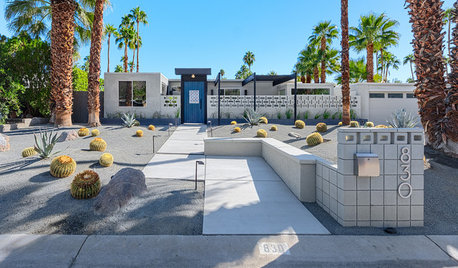
MODERN HOMESHouzz Tour: A Palm Springs Midcentury Home With Central American Flair
A couple’s desert oasis home takes its style cues and color inspiration from Guatemala
Full Story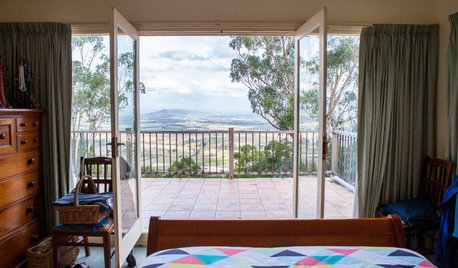
HOUZZ TOURSMy Houzz: Country Home With a View to the Past
A family brings life back into an 1870s Australian home overlooking Australia’s scenic Yarra Valley
Full Story








HU-104914250